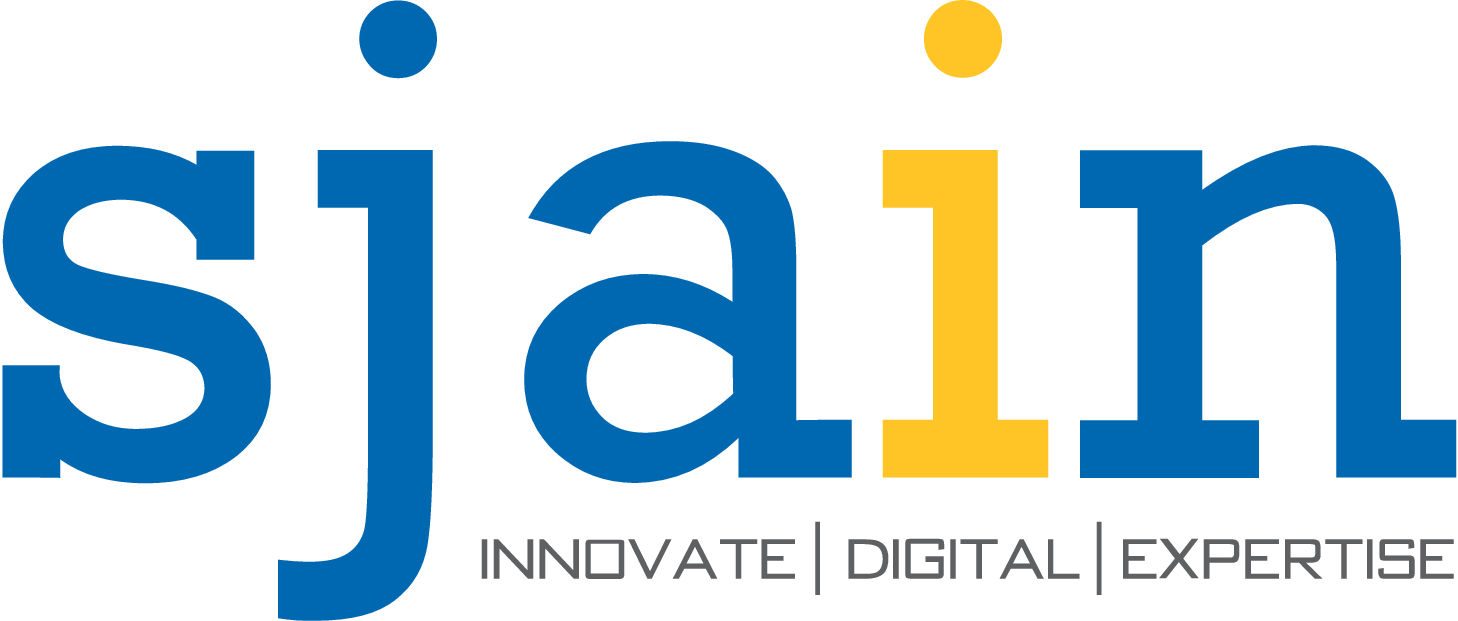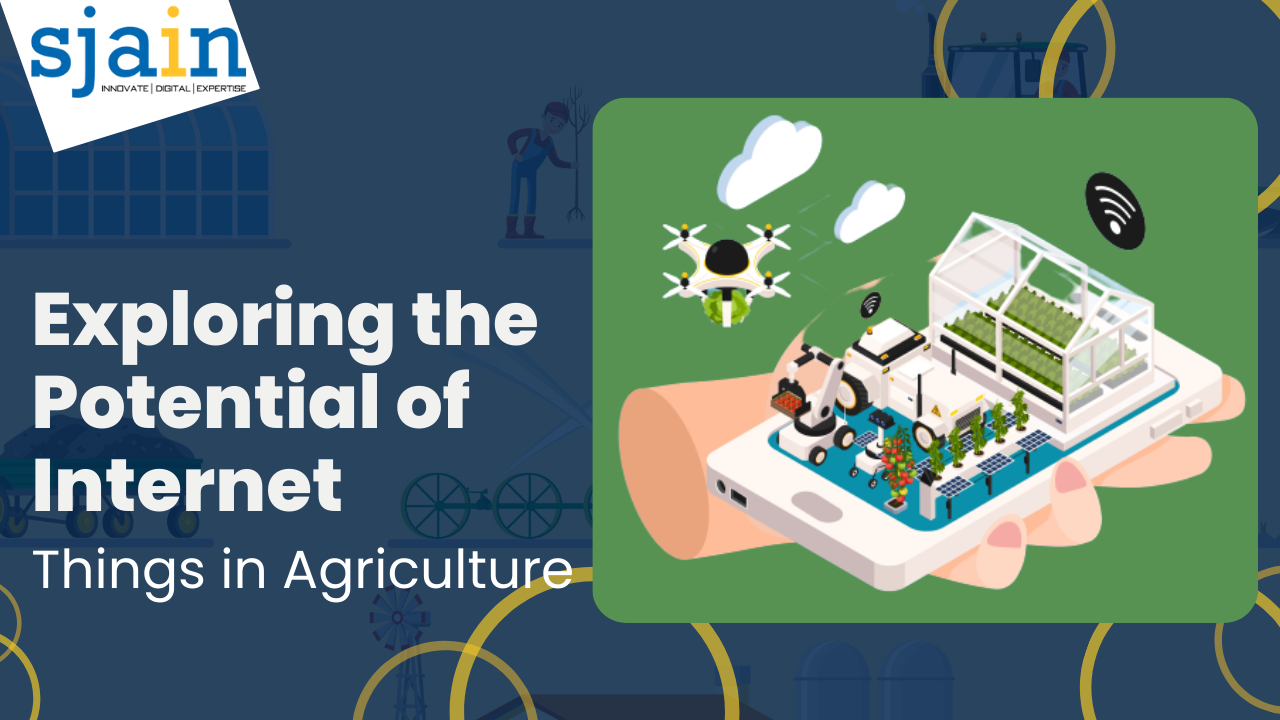Exploring the Potential of Internet of Things in Agriculture
The Web of Things (IoT) is emerging as a transformational technology in several industries, including agriculture. With the growing demand for sustainable and efficient farming practices, IoT presents a vast array of opportunities to revolutionize the agricultural sector. This article delves into the potential of IoT in agriculture and explores how it can enhance productivity, optimize resource utilization, and improve overall sustainability.
Introduction to IoT in Agriculture
The Internet of Things refers to the interconnection of devices and sensors through the Internet, enabling the seamless exchange of data. IoT in agriculture refers to the use of smart devices, detectors, and data analysis to improve farming operations as well as decision-making processes. By leveraging real-time data, farmers can gain valuable insights into their crops, livestock, and overall agricultural processes.
Monitoring and Data Collection
IoT-enabled devices and sensors play a pivotal role in monitoring various parameters in agricultural settings. Weather stations, moisture in the soil sensors, and multispectral camera-equipped drones may offer real-time data on humidity, temperature, soil levels of moisture, and crop health. This data can assist farmers in making informed decisions regarding irrigation schedules, fertilizer application, and pest management.
Precision Farming
Precision farming is a key application of IoT in agriculture. By combining GPS technology, remote sensing, and IoT devices, farmers can create precise maps of their fields, enabling targeted actions. IoT-enabled machinery and equipment, such as smart tractors and harvesters, can optimize fuel consumption, reduce labor costs, and enhance productivity. Moreover, precision farming enables farmers to analyze crop variability and tailor management practices accordingly.
Smart Irrigation Systems
Water scarcity is a significant concern in agriculture, and IoT can address this issue through smart irrigation systems. IoT-enabled sensors can measure soil moisture levels and weather conditions, allowing for automated and optimized irrigation schedules. By avoiding overwatering and ensuring adequate hydration for crops, farmers can conserve water resources while maintaining optimal crop growth.
Livestock Monitoring and Management
IoT devices offer valuable solutions for livestock monitoring and management. Wearable sensors can track vital signs, activity levels, and location of livestock, providing real-time data on their health and behavior. Farmers can detect signs of illness or distress promptly and take appropriate action. Furthermore, IoT-enabled feeding systems can optimize feed distribution based on individual animal needs, ensuring efficient resource utilization.
Crop Health and Disease Detection
Early detection of crop diseases is crucial for preventing widespread damage. IoT-based systems can detect anomalies in crop health through remote sensing, aerial imagery, and data analytics. By monitoring factors such as chlorophyll levels, leaf temperature, and canopy density, farmers can identify potential disease outbreaks and apply targeted treatments. This proactive approach minimizes crop losses and reduces the reliance on chemical interventions.
Supply Chain Optimization
IoT can enhance supply chain management in agriculture by providing real-time visibility and traceability. Sensors can track and monitor the condition of perishable goods during transportation and storage, ensuring quality control. Smart packaging and labeling solutions enable accurate inventory management and reduce waste. With IoT-enabled supply chain optimization, farmers can streamline operations, minimize losses, and deliver fresh produce to consumers.
Environmental Monitoring
Sustainability is a paramount concern in modern agriculture. IoT technologies facilitate environmental monitoring by measuring air quality, water quality, and soil conditions. This data helps farmers adhere to regulatory standards, minimize environmental impact, and adopt eco-friendly practices. By promoting sustainable farming practices, IoT contributes to long-term environmental preservation and resource conservation.
Challenges and Considerations
While IoT presents immense potential in agriculture, several challenges and considerations must be addressed. These include data security and privacy concerns, interoperability among different IoT platforms, high initial costs, and the need for technical expertise. Additionally, rural areas with limited internet connectivity may face difficulties in implementing IoT solutions. Collaborative efforts between stakeholders, government support, and technological advancements are crucial to overcoming these challenges.
Future Prospects
The future of IoT in agriculture looks promising. Internet of Things (IoT) solutions are becoming more inexpensive, scalable, and available to farmers globally as technology advances. Integration with artificial intelligence (AI) and machine learning (ML) can further enhance the capabilities of IoT in agriculture. By leveraging predictive analytics and automation, farmers can optimize their operations, reduce waste, and increase overall productivity.
Conclusion
The Internet of Things has the potential to revolutionize the agricultural industry. From precision farming and smart irrigation systems to livestock monitoring and supply chain optimization, IoT technologies offer numerous benefits for farmers. By harnessing real-time data, farmers can make informed decisions, improve resource utilization, and adopt sustainable practices. However, it is essential to address challenges and ensure widespread access to maximize the benefits of IoT in agriculture.

